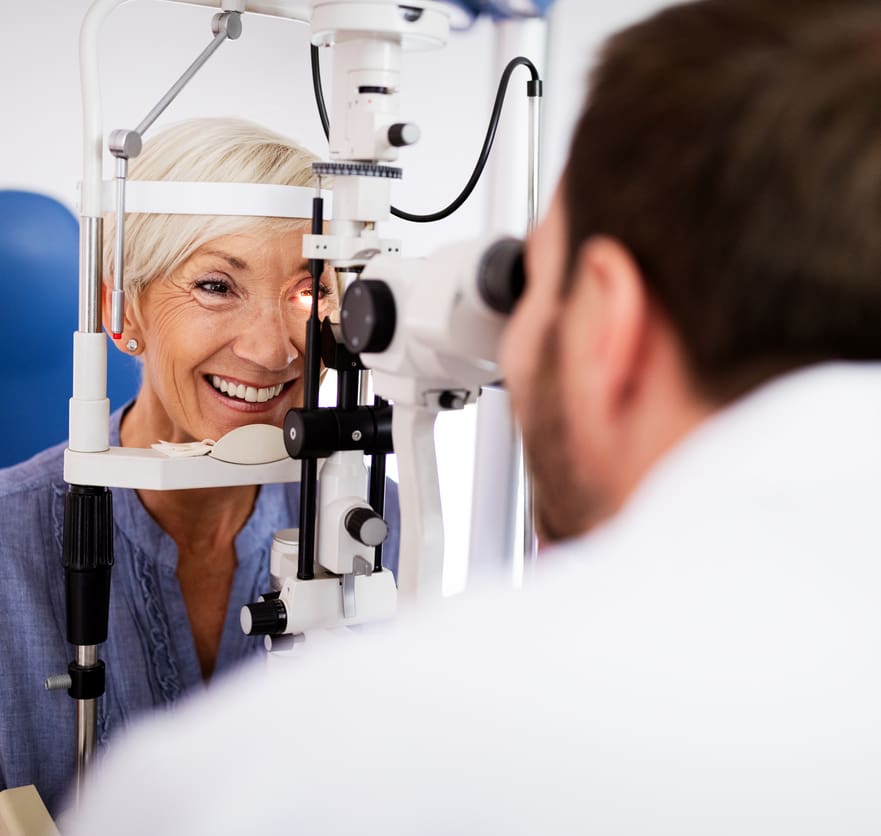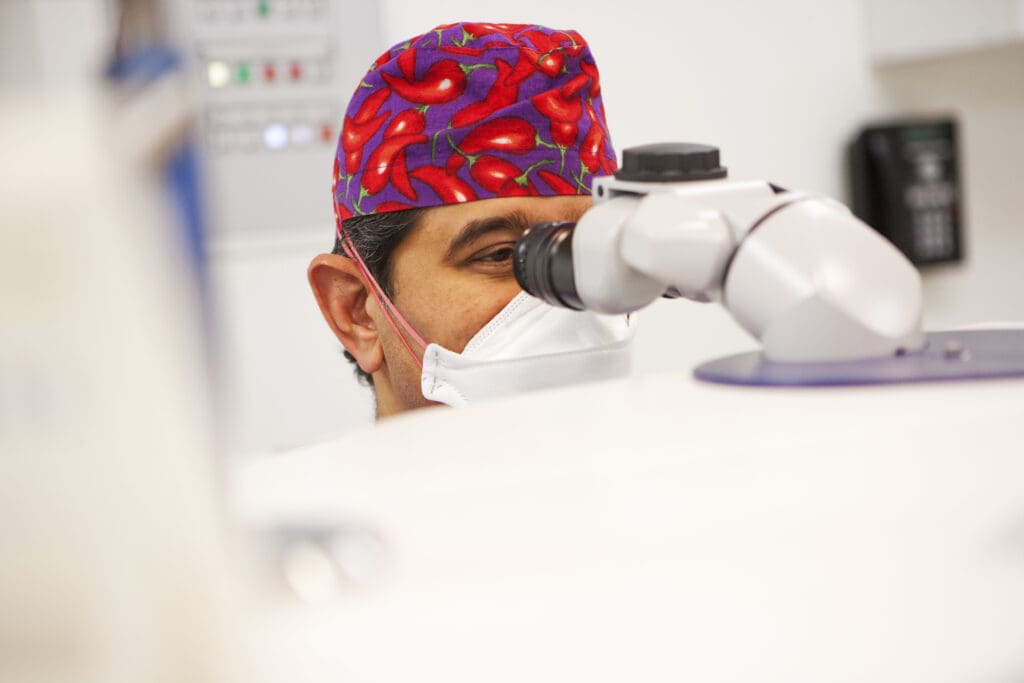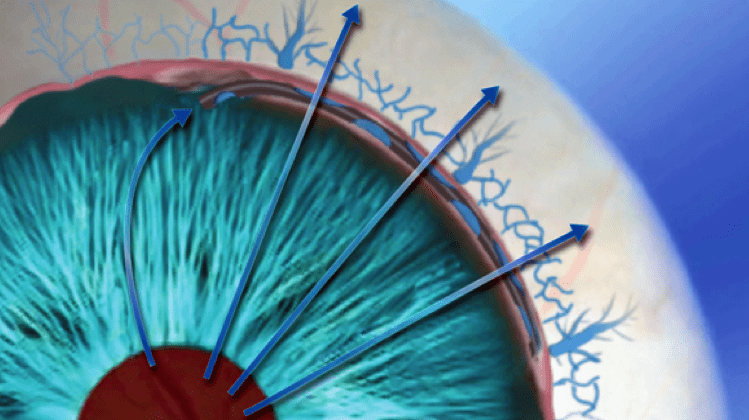Over 2000 procedures have been performed as part of clinical studies or global registries.
In addition to the HYDRUS II and HYDRUS IV trials, the Hydrus technology is also being studied internationally in both cataract and stand-alone glaucoma surgery settings in various types and severities of glaucoma.
According to the study presented at the XXIX Congress of the ESCRS, it is effective at lowering intraocular pressure and reduces the need for medications in patients with primary open angle glaucoma (POAG).





